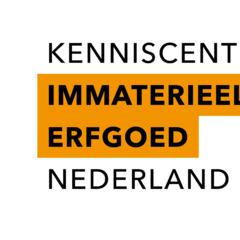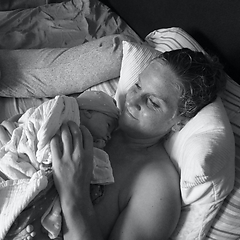Dutch organ building art includes the knowledge and skills to restore historical organs and to design and build new organs. An organ consists of many different parts and that requires working in different disciplines. The organ maker determines both the visual aspects and the mechanical proportions in the design. Technical, material, architectural, acoustic and conceptual factors play a role in all components.
The bearers of tradition are some twenty-five organ builders in the Netherlands, of which seventeen are members of the Organ Builders Association in the Netherlands. They are located throughout the Netherlands.
In the Netherlands, organs have been built since the Middle Ages. The oldest organs were so-called block pieces, organs that always have the same timbre. Around 1500 the organ underwent a major development, with the main feature being the possibility of sounding one or more rows of pipes - registers - separately and the introduction of new sounds, such as imitations of instruments such as flute, crooked horn, zinc, trumpet, etc. The organ usually receives two or three keyboards and a pedal (with or without its own voices). From that time on the organ no longer changes substantially as an instrument.



